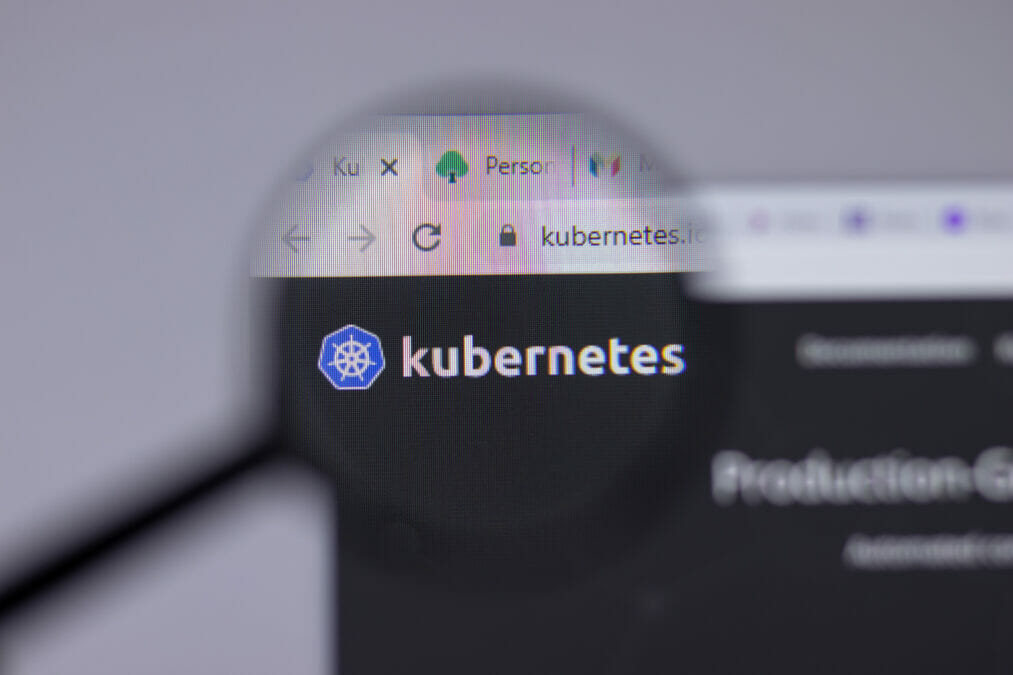The mainframe has been the bedrock of IT innovation for over five decades, providing the reliability, scalability, performance, and security that organisations need to succeed in their transformation to become an Autonomous Digital Enterprise. That longevity makes the mainframe unique in the digital ecosystem, and is driven by the simple reality that there is no other platform that can provide the same enormous compute power it has to offer. Given the continued drive for digital transformation, it’s no wonder that 47% of organisations say their mainframe is running more business-critical services than ever. The unprecedented challenges the world has faced in recent months are only accelerating that trend, as consumers increasingly turn to digital channels in almost every aspect of their lives.
Barriers of mind and imagination
However, despite its growing importance, organisations increasingly struggle to prioritise mainframe investment to the same extent that they do in other platforms. Products and services running on distributed systems such as the cloud are often delivered through modern Agile methodologies, but only 42% of them use these approaches on the mainframe. This hinders organisations’ ability to innovate faster, and they’ve now realised that to overcome this, they need to bring Agile approaches to every platform by mainstreaming the mainframe. However, despite investing in tools and training to enable this, many find it can be difficult to implement cross-platform Agile and DevOps practices to ignite a mainframe transformation and keep up with the pace of innovation.
How to achieve agile DevOps: a disruptive necessity for transformation
Much of this challenge is rooted not in technology or process, but in mindset, which can only be addressed at a cultural level. There are three key changes that organisations can make to overcome these barriers, lessen the resistance to change and ultimately, unlock the mainframe’s full potential.
Leave the waterfall at the door
Many organisations implementing Agile practices on the mainframe delay their progress by applying traditional waterfall thinking. There’s often a misconception that IT departments have to plan their entire mainframe transformation at the same time, which usually leads to delays and pushback from teams who believe the effort is simply too ambitious, or fear it will take too long to achieve. It’s important to remember that mainframe teams usually have a backlog of essential, customer-impacting work to complete, so it’s difficult to take resources away from those tasks to support an internal transition project.
It’s far more effective to break the transformation down into smaller steps, using Agile thinking to enable incremental change, and establish continuous feedback and improvements. Instead of trying to build a complete environment for Agile delivery on the mainframe, it’s better to break the process down into steps, using shorter sprints to manage the transition and mitigate any risk and resource constraints. Start by modernising a single aspect of mainframe delivery, such as improving the developer experience with an integrated development environment (IDE), then add automated testing processes, or application analysis and visualisation in stages, to avoid overwhelming teams with a major transition project all at once. It also helps get more people on board, by allowing them to see the benefits of each step before they take the next one.
Reach hearts and minds through measurement
There are often differences in opinion about the value that will be gained by bringing Agile to the mainframe. Leadership often wants to implement change out of a desire to achieve an expected business impact, such as delivering innovation to customers faster, improving quality or reducing costs. However, for developers, change can be met with resistance, due to the upheaval and added pressure it creates. IT leaders therefore need to focus on winning the hearts and minds of those who will be responsible for rolling out Agile and DevOps on the mainframe to be successful in igniting a full-scale transformation.
An Agile approach also helps in this endeavour, enabling change to be delivered in smaller, less painful steps, and quickly revealing the value that’s achieved. However, it’s only possible to identify that value by measuring developer output and efficiency and looking at the difference before and after. IT leaders therefore need to capture developer performance data so they can offer their mainframe teams a greater understanding of how their efforts to embrace change are paying off, both in terms of their own productivity, and for the wider success of the business. As a result, mainframe developers will more likely see the benefits they gain by embracing new approaches, leaving them more open to change.
Bridging the gap between data engineers and business analysts
Redefine what it means to develop
To truly maximise the success of their efforts to mainstream the mainframe, organisations should work towards building a software delivery ecosystem that redefines what it is to be a developer. Automation must play a key role in this new, more modern working environment. By increasing the use of automation in delivery pipelines, organisations can gradually enable programmers to focus on writing the code and logic needed to solve business challenges, while automated processes manage the build, test, and deployment processes that are part of CI/CD.
As a result, they create an environment where it no longer matters to the developer which platform an application is being created for. Developers can simply write code in whichever language is best suited to the business logic, and not worry about becoming an expert for any mainframe-only development environment, toolset or methodology. With this approach, the only difference between the mainframe and distributed systems is in syntax, meaning that developers just need to know COBOL, PL/1, etc. to work on their applications with confidence.
As well as making it easier to encourage experienced mainframe specialists to embrace Agile and DevOps processes, these mindset changes will also make it much easier for organisations to attract a new generation of mainframe stewards. As a result, they can truly embrace a transformation and ensure the mainframe continues to power growth and business success for the next 50 years and beyond.











